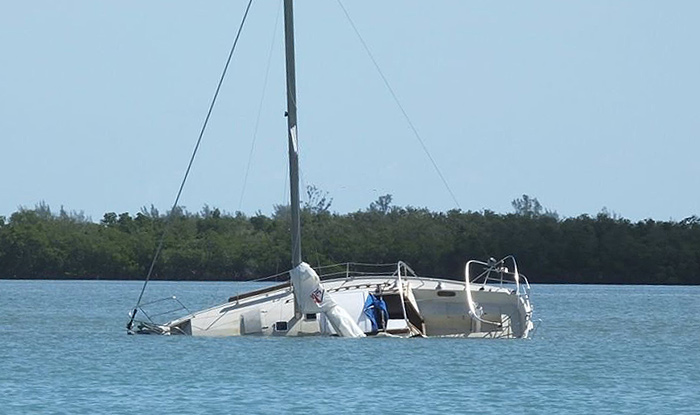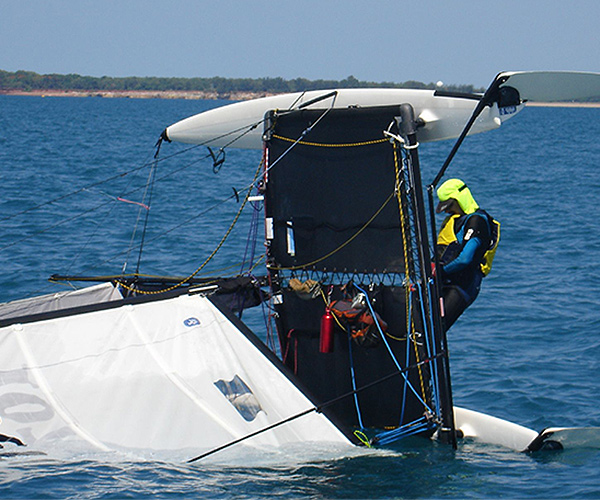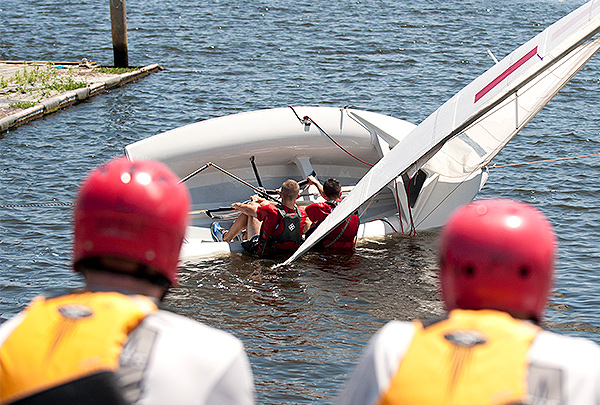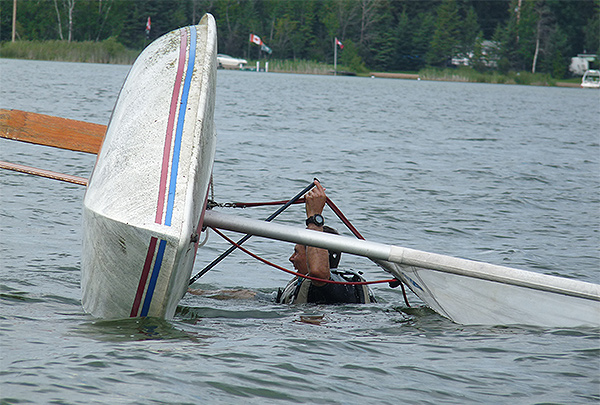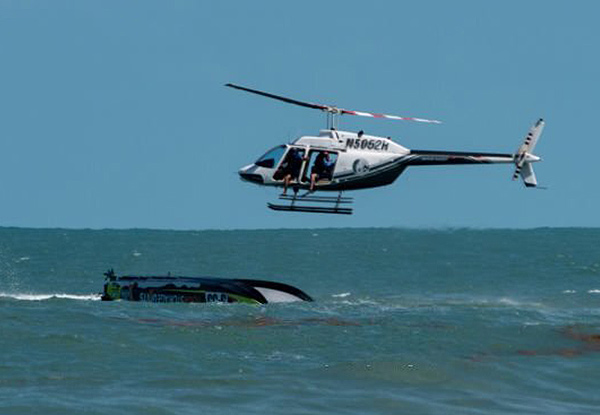Boating can be an exhilarating and enjoyable experience, but it is essential to remember that accidents can happen, including the possibility of a boat capsizing. Capsizing occurs when a boat overturns or rolls over, which can be disorienting and dangerous.
So, what should you do if your boat capsizes? This article will explore the key steps and essential knowledge you need to know if your boat capsizes. By being prepared and knowing how to respond, you can increase your chances of staying safe and minimizing potential risks.
Contents
Stay Calm and Assess the Situation
What happens when a boat capsizes? When a boat capsizes, panic can set in, making it challenging to think clearly and act decisively. It is crucial to remain calm and composed. Take a deep breath and assess the situation. Here are the initial steps to take:
Ensure Personal Safety
- Stay close to the boat and avoid swimming away, as it provides flotation and increases your visibility.
- Check yourself and others for injuries, and administer first aid if necessary.
- If wearing a life jacket, activate the flotation device by pulling the cord.
Communicate and Alert Others
- Shout or use a whistle to attract attention from nearby boats or people onshore.
- Activate any signaling devices, such as flares, smoke signals, or distress flags, to alert potential rescuers.
- Activate any signaling devices, such as flares, smoke signals, or distress flags, to alert potential rescuers.
Determine the Water Conditions
- Assess the water’s temperature and current to gauge your situation’s urgency.
- If the water is cold, prioritize staying warm, as hypothermia can set in quickly.
- Evaluate the proximity of hazards like rocks, submerged objects, or strong currents.
Stay with the Boat and Call for Help
Remaining with the boat is crucial after a capsizing, as it provides a larger target for rescuers and can offer some protection from the elements. Additionally, the boat may remain partially afloat, making it easier to climb back on board. Here are the steps to follow.
Right the Boat, If Possible
- Determine if the boat is stable and can be righted. Smaller vessels, such as kayaks or canoes, may be easier to flip back upright.
- If the boat cannot be righted, focus on using it as a flotation device.
Signal for Help
- If you have a marine VHF radio or cellphone with signal coverage, use them to call for assistance.
- Provide your location, the number of people involved, and any pertinent details about the situation.
- Provide your location, the number of people involved, and any pertinent details about the situation.
Cimb on Top on Hold onto the Boat
- If the boat remains partially afloat, climb on top of it to conserve energy and stay out of the water.
- If fully submerged, grab hold of any part of the boat visible above the waterline.
- Avoid standing on the hull, as it may capsize again.
Practice Huddle Position
- To reduce heat loss and increase warmth, practice the huddle position by bringing your knees to your chest and wrapping your arms around your legs.
- If other people are with you, huddling can enhance body heat conservation.
Deploy Additional Flotation Devices
- Deploy additional flotation devices like life rafts, life rings, or floating cushions to enhance safety and visibility if available.
Survival Techniques While Waiting for Rescue
While awaiting rescue, it is crucial to utilize survival techniques that increase your chances of staying safe until help arrives. Here are some essential strategies to consider:
Preserve Body Heat
- Minimize heat loss by keeping your head and neck covered. Use hats, scarves, or any available clothing to protect these areas if possible.
- Keep your body as still as possible to conserve energy and avoid unnecessary heat loss.
- If there are multiple people, huddle together closely to share body heat and warmth.
Monitor for Hypothermia
- Hypothermia is a serious concern when immersed in cold water for an extended period. Watch for symptoms such as shivering, confusion, dizziness, or exhaustion.
- If someone shows signs of hypothermia, insulate them with additional layers of clothing or blankets. Seek medical attention as soon as possible.
Stay Hydrated
- Drink small amounts of water if available to stay hydrated. Avoid consuming seawater, as it can lead to dehydration and further complications.
Be Mindful of Sealife and Hazards
- Keep an eye out for sea life, such as jellyfish or sharks, and avoid contact if possible.
- Watch for other hazards like floating debris, which can threaten your safety.
Stay Visible
- Use reflective materials, signaling devices, or bright-colored clothing to increase your chances of being spotted.
- Wave your arms, shout, or use whistles to attract the attention of passing boats or aircraft.
Prepare for Self-Rescue
- If you are a strong swimmer and believe you can safely reach shore, carefully assess your distance and physical capabilities before attempting a self-rescue.
- Always remember that self-rescue should be a last resort when no other options are available.
After Rescue: Seek Medical Attention and Review the Incident
Once you have been rescued, it is crucial to seek immediate medical attention, even if you feel fine. Cold water exposure and the stress of the situation can have hidden effects on the body. Additionally, take the following steps:
Debrief and Reflect
- Take the time to debrief with those involved in the incident, discussing what went wrong, what went right, and what could be done differently in the future.
- Learn from the experience to improve boating safety practices and prevent similar accidents.
Evaluate the Boat
- Assess the condition of the of the boat after it has been retrieved. Determine if it can be salvaged, repaired, or if it requires replacement.
- Investigate the cause of the capsizing to address any mechanical failures, operator errors, or external factors that contributed to the incident.
- What should you do if your small boat capsizes? The best thing to do is consider enrolling in boating safety and survival training courses. These programs provide valuable knowledge and skills that can help prevent
- accidents and better prepare you for emergencies.
Conclusion
Capsizing is an unexpected and potentially dangerous event that can occur while boating. But knowing what you should do if your boat capsizes provides an advantage. Knowing the risks and how to respond in an emergency will ensure a safer and more enjoyable experience on the water.

